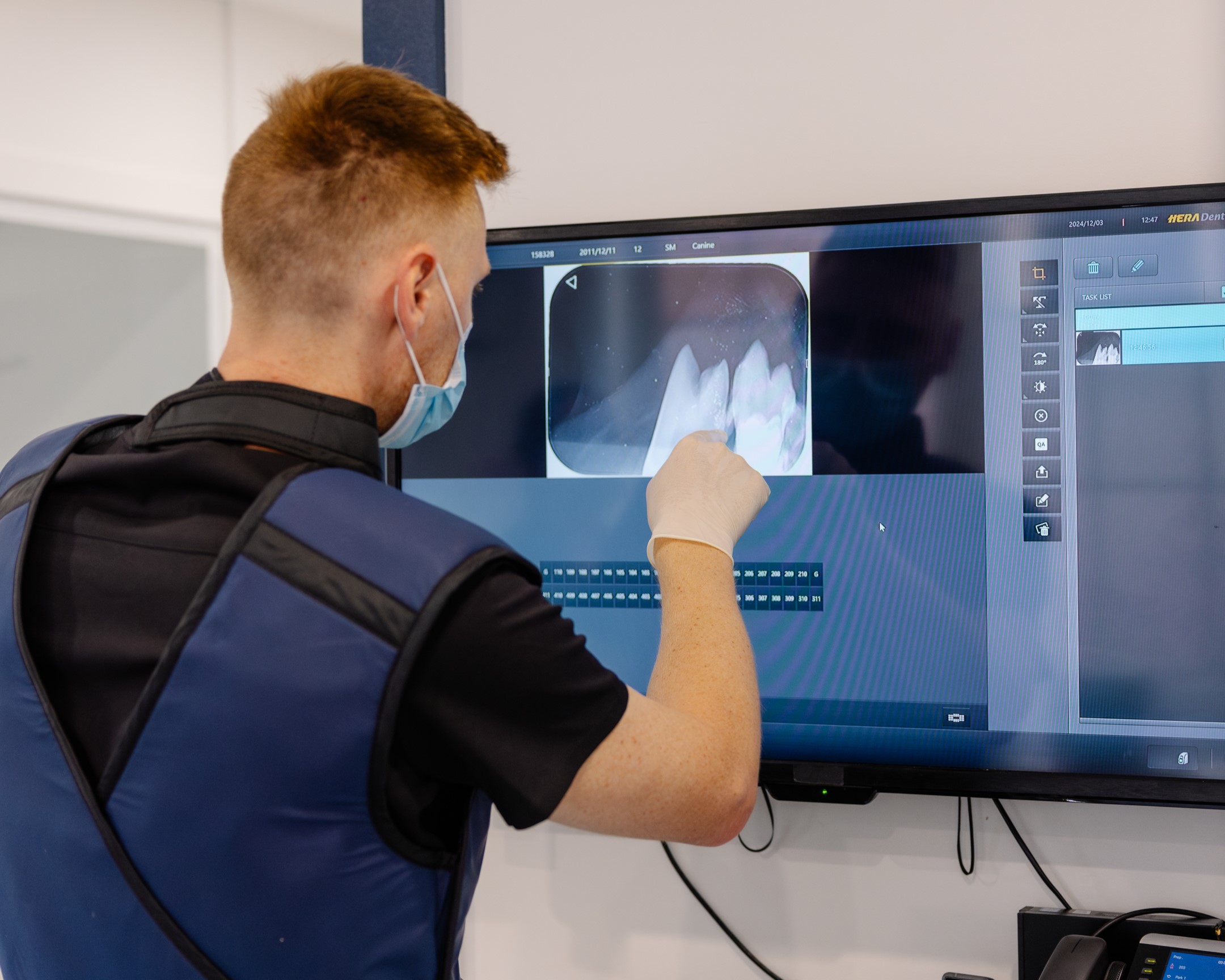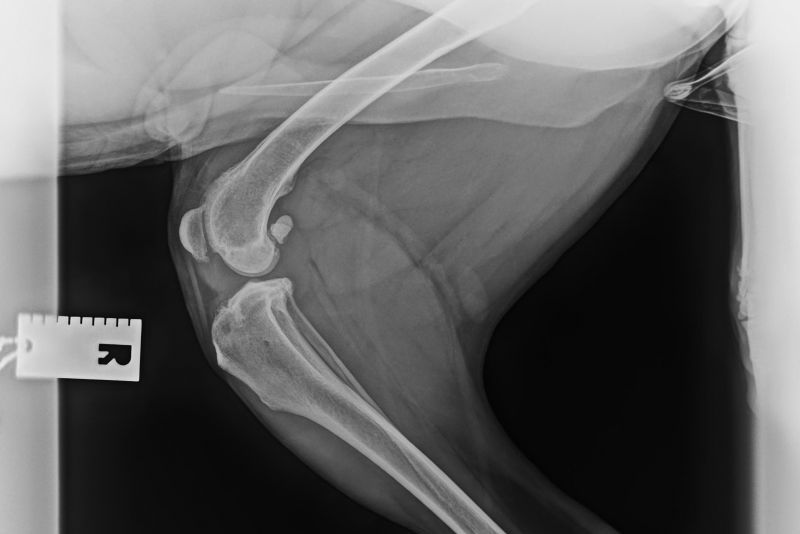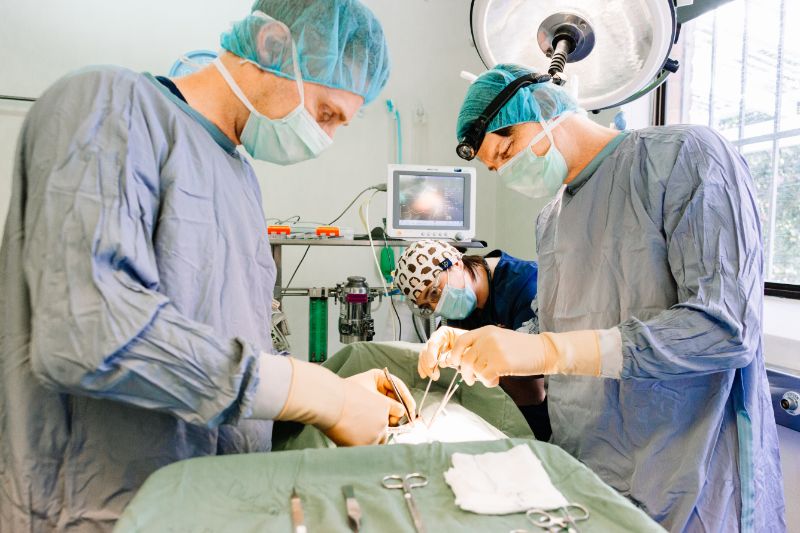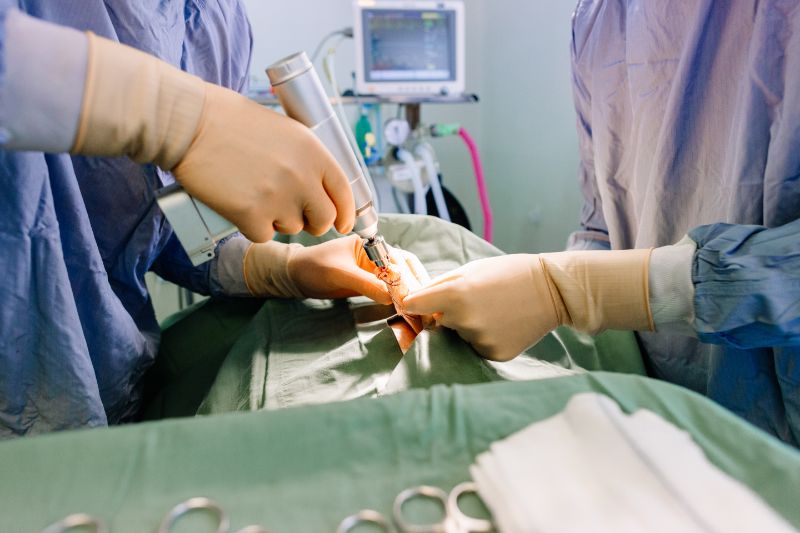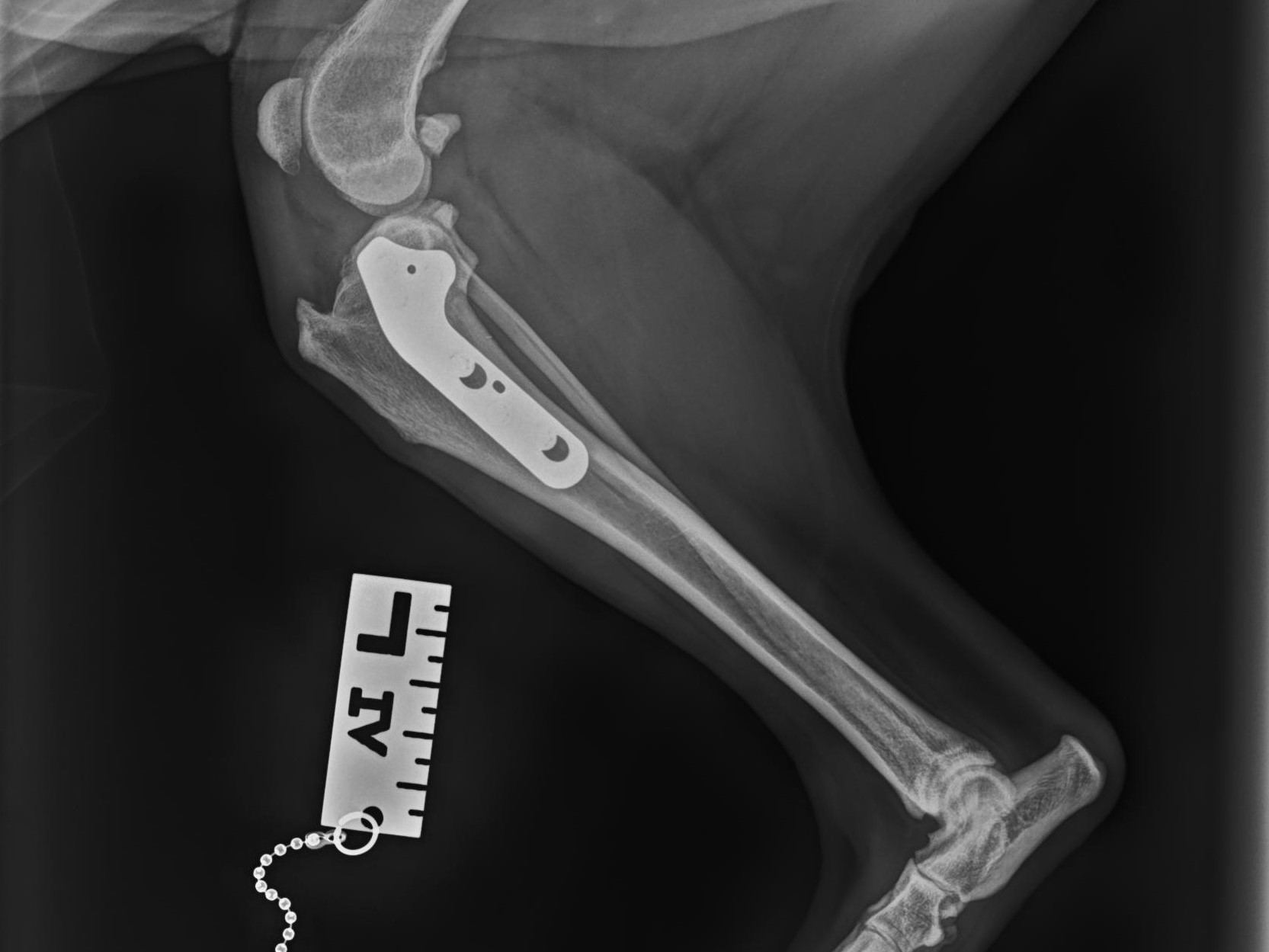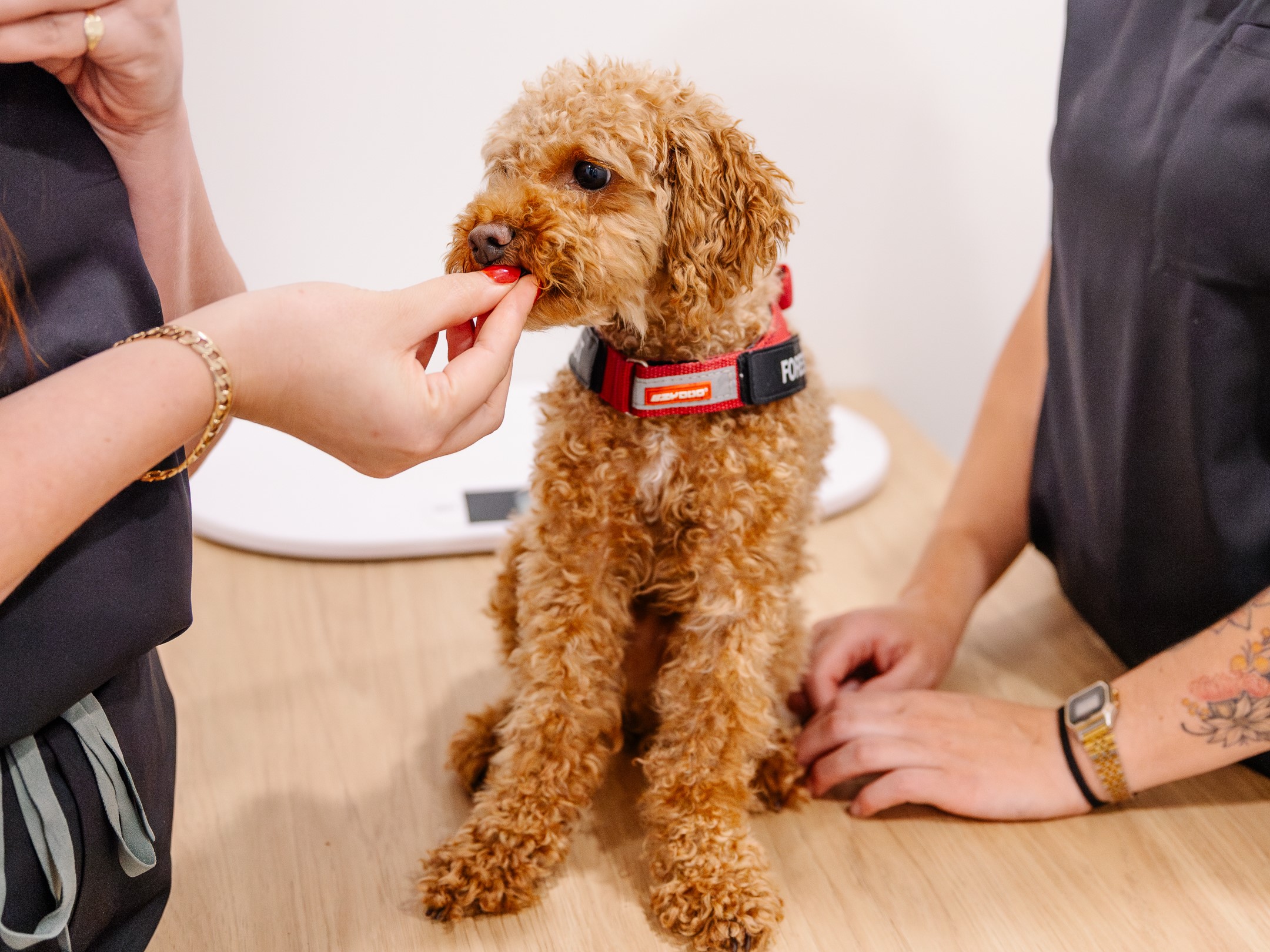Cruciate Repairs in Dogs and Cats
Let’s get your dog right back to it!
Cruciate injuries are extremely common in active dogs, where they lead to a sudden onset lameness in one of their back legs (limping or holding up the leg entirely).
Cruciate injuries are normally due to a weakening in the cruciate ligament over time that eventually gives way, often with a twisting motion like chasing a ball or jumping, resulting in a tear and irreversible damage.
For the best long term outcome, we recommend swift screening for cruciate injury followed by surgical repair with close monitoring throughout the recovery.
Our experienced surgeon Dr Matt Buchanan-Pascall has undergone further training in advanced orthopaedic surgery and routinely performs TPLO surgery. Call to chat to him over the phone or book in to get your dog on the path to recovery. You’re in good hands!
TPLO Cruciate Repairs
- We guarantee surgery within 7 days
- Price includes: TPLO surgery and post op radiographs on the day of surgery
- PLUS the first 4 post-operaative checks at which time we give a course of zydax injections to promote long term joint health
- Please note: any complications experienced will incur additional costs that would be discussed with you at the time.
Early Diagnosis of Cruciate Disease

If we suspect your dog has torn their cruciate ligament then we can offer immediate x-rays under general anaesthetic. During the anaesthetic we perform two manual tests on the stifle to check and confirm a tear in the cruciate ligament and take measurements for surgery.
Cruciate Repairs – Surgical Options

Cruciate injuries in dogs and cats need surgery to get the best possible outcome. We discuss the options, costs, and pros and cons with you to tailor our treatment to the needs of your pet. We generally recommend Tibial Plateau Levelling Osteotomies (TPLO’s) but in dogs and cats under 7kg we recommend lateral sutures (nylon implants).
Ongoing Joint Care

In all cases of cruciate surgery the home care you provide plays the biggest role in your pet’s quality of life long term. We will help guide you on that journey.


